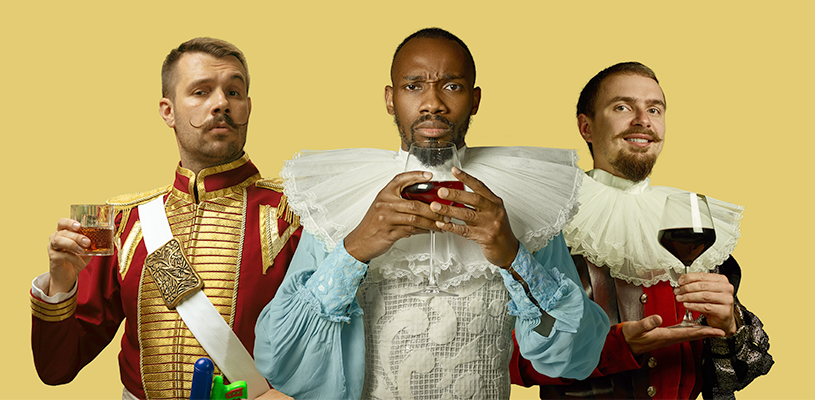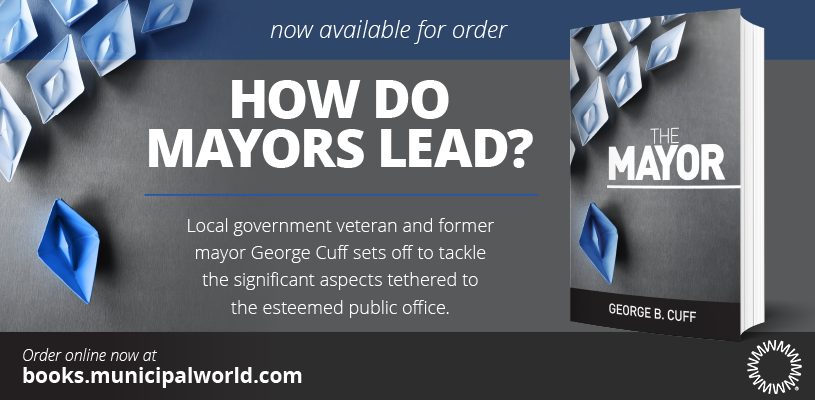Problem solving and the King's challenge

How difficult problems lead to better solutions
How fast can we get something done? How cheaply? How good a solution is the one we’ve just discovered? Even if we never consciously ask those questions of ourselves, our staff, or our organization, these questions are always present (or should be). In many ways, they distinguish good organizations from great ones.
If we ignore the best solution to problem solving (which is to avoid problems from the very beginning), the first obvious goal of problem solving is to find a solution. Any solution will do, as long as it meets the criteria we’ve set for ourselves. Need to solve a troublesome personnel problem? Replace the employee, problem solved. Move onto the next problem in the in-basket. This “works” – but it might create some additional problems. Speaking to HR first might be advisable.
Generally speaking, all problem-solving attempts proceed in the same fashion. We seek the low hanging fruitful solutions first – and, if they suffice, we’re done. We’re basically and naturally “lazy.” We exert the least amount of effort necessary to solve the problem and move onto the next problem – not a bad strategy.
To push ourselves to find better solutions in the “real world,” we can take two approaches. Complicate the problem; or reduce the resources at our disposal to perform the same task. Both these strategies force us to look beyond the easy solutions that we’re locked into (sometimes called complacency).
Barrels of Wine
As an example, I’ll ask you to ignore a previous column where I praise the problem-solving power of going to the internet for answers. Here’s the test. Can you keep pushing toward an answer, and arrive at the best answer without knowing what the best answer is in advance? As the title suggests, there is the problem of knowing when to stop pushing – or at least becoming aware of when we stop looking for better solutions. Here’s your challenge:
You’re a king. You’re holding a party in 48 hours. You have 500 barrels of wine. You’ve found out that one of the barrels has been poisoned. Even a single taste of the poisoned wine will kill you within 23 hours. You have an unlimited supply of prisoners. You don’t care how many prisoners die – yes, you are a despicable, evil kind of king – but you’d like to use as few prisoners as possible in the “taste testing” of the wine.
What is the minimum number of prisoners we need to use to find the poisoned barrel?
The most we need is obviously 500. Have each prisoner taste one barrel – wait – the dead prisoner will be the one who tasted the bad wine. We used 500, one died.
We can do better than that; take 250 prisoners. Let each one taste a barrel. If nobody dies, we have time to have them each taste a second new, untasted barrel. If someone died, we know the bad barrel. We used 250, one died.
Hopefully, this problem has no immediate use in your municipality – but it might prompt you to re-examine existing solutions to see if we can get better – by complicating things a little bit. MW
✯ Municipal World Insider and Executive Members: You might also be interested in the full version of this article or in Peter’s other article: All agog about problems. Note that you can now access the complete collection of past articles (and more) from your membership dashboard.
Peter de Jager will be happy to send you the answer and a discussion of how we progress from one solution to the other.
Related resource materials:



